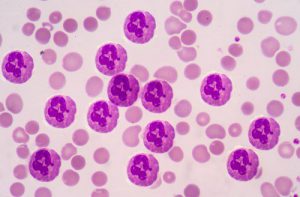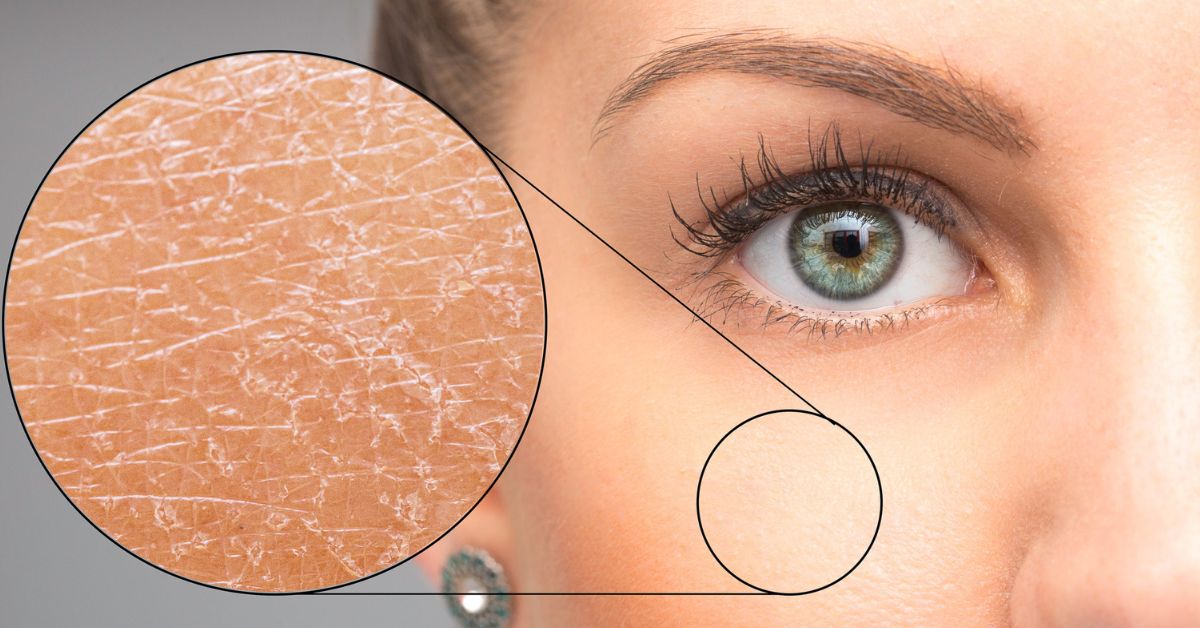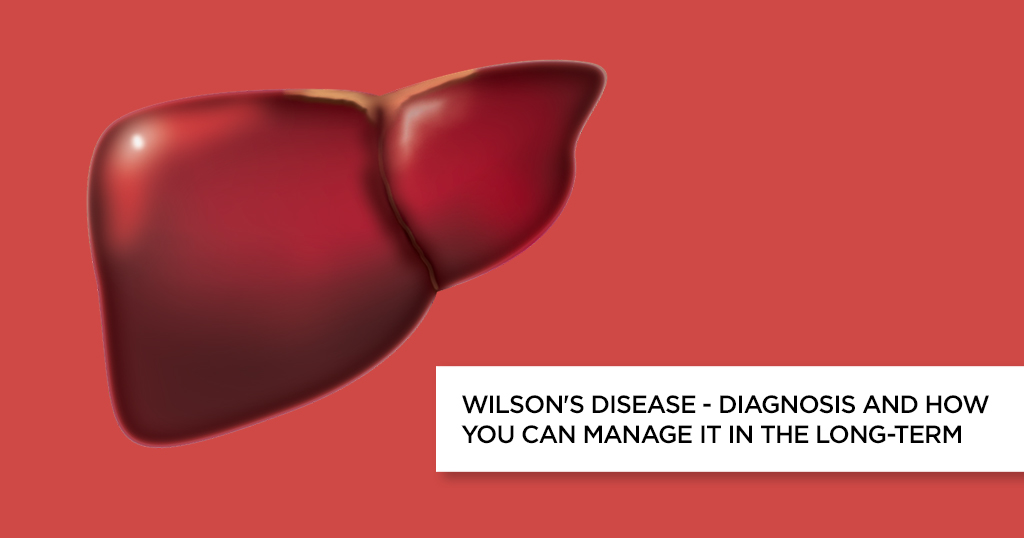Sweet’s syndrome – Symptoms,causes & types


While the name ‘Sweet’s Syndrome’ is quite deceptive, it is one of the rare conditions that cause severe discomfort to a person. Unlike the name, Sweet’s syndrome is a skin condition that occurs on the arms, neck and the trunk of the body. It appears in red or purple colored patches on the body which are tender in nature that may ulcerate. Clinically this skin condition is known as ‘acute febrile neutrophilic dermatosis’, or ‘Gomm – Button Disease’.
There isn’t any specific reason for Sweet’s syndrome to occur, but in most people, it can be triggered due to certain infections, fevers, inflammatory bowel disease, or as a side effect of certain medications. Sometimes it also occurs during pregnancy.
In some rare cases, Sweet’s syndrome may also occur due to certain types of cancers, one of which is acute myelogenous leukemia.
Types of Sweet’s syndrome:
Sweets syndrome can be categorized into three types.
Classical
- This type of sweets syndrome is usually noticed in women aged 30 to 50 years
- Often occurs as a side effect of upper respiratory tract infection
- Almost 1/3rd of female patients experience a relapse of Sweet’s syndrome.
Malignancy-associated
- Occurs in people who are already cancer patients.
- In people whose blood cancer, bladder cancer or tumour has not been detected on time.
- Usually occurs in people suffering from acute myelogenous leukemia, but other cancers such as breast cancer or colon cancers can also exhibit this.

Drug-induced Sweet’s syndrome commonly occurs in patients who have been on certain medications. These mostly involve granulocyte-colony stimulating factor which stimulates the bone marrow to produce more neutrophils (white blood cells).
Other medicines/drugs that can be a possible cause for Sweet’s syndrome include some nonsteroidal anti-inflammatory medications and certain antibiotics.
Causes
Sweet’s syndrome is caused by certain errors caused in the immune system of the body. Listed below are a few important causes of Sweet’s syndrome.
Hypersensitivity reaction: When the inbuilt immune system fails to function in the desired, or required way, it responds to antigens in a hypersensitive manner, overreacting to the infection, inflammation, medication, or to the tumor cells.
Potential triggers of Sweet’s syndrome:
- Blood cancers
- Lap Band
- Upper respiratory tract infections
- Gastrointestinal tract infections
- Bladder augmentation
- Autoimmune disorders
- Inflammatory bowel diseases
- Medications (12% of the cases of sweet’s syndrome are drug induced)
- Vaccinations – This occurs in the rarest of the conditions when a person takes certain adult vaccinations which might have an effect on the person’s immune system in a way that it shouldn’t. Only 11 such cases have been reported globally in the last 42 years.
- Immunodeficiency
Poorly understood conditions that lead to Sweet’s syndrome:
- Skin damage
- Pregnancy – Although rare, but in some cases hormonal changes affect the immune system which can cause inflammatory responses.
- Extreme exposure to sunlight – Sunlight is good for health, but the mid-day sun contains a heavy amount of ultraviolet rays, which is harmful to bare skin. Extreme sun exposure can damage the skin cells internally, leading to an unknown decline of the immune system.
Genetic susceptibility: Sweet’s syndrome does not occur due to heredity. However, in rare cases, there are chances of its occurrence due to certain gene mutations. Here are some possible gene abnormalities:
- Protein tyrosine phosphatase non-receptor type 6 (PTPN6) gene – An autoinflammatory condition that leads to malignancy-associated Sweet’s syndrome.
- The genetic marker HLA-B54
- Possibly Mediterranean fever (MEFV) gene
- Abnormalities in chromosome 3q – This is a structural abnormality in chromosome 3q that occurs in the bone marrow cells of people having Sweet’s syndrome, and blood cancers acute myeloid leukemia and myelodysplastic syndrome.
- Isocitrate dehydrogenase 1 (IDH1) gene
Cytokine dysregulation: Cytokines are proteins and molecular messengers present in the body’s immune system. When there is is an overproduction or inappropriate production of these proteins in the body, it can result in the poor functioning of the body’s defense mechanism which leads to various diseases. This inappropriate production of cytokines is known as cytokine dysregulation.
Cytokine dysregulation is one of the potential causes of Sweet’s syndrome. These cytokines are:
- Endogenous granulocyte colony-stimulating factor
- Granulocyte-macrophage colony-stimulating factor
- Anakinra (Kineret)
- Tumour necrosis factor alpha (TNF-α)
Symptoms
- Itchy skin rash that appears shortly after a fever
- Ulcers in the mouth
- Small reddish bumps on the body that grow very rapidly, spreading into clusters which are painful
- High fever
- Fatigue
- Basel cell carcinoma
- Sore or swollen eyes
- Joint and muscle pain
Diagnosis

Sweet’s syndrome appears like a rash which rapidly increases and reaches an inflammatory stage. The condition is usually diagnosed to be abnormal when reddish clusters of bumpy skin rash start spreading all over the neck, arms and the trunk of the body. This occurs when the white blood cells (neutrophils) present in the upper layers of the skin increase. Doctors may suggest various tests to confirm the condition which includes the following:
- Blood tests – To determine the level of neutrophils in the bloodstreams.
- Skin biopsy – This is a test done under a microscope. A small piece of the abnormal skin is taken from the patient’s body and is tested to confirm the condition.
- CT-Scans and X-Rays – These are recommended apart from the blood tests, to determine any underlying conditions leading to Sweet’s syndrome.
Treatment
Sweet’s syndrome usually reduces on its own over a period without medication. However, treatment is a faster and safe way to avoid any potential complications. Common treatments used in treating Sweet’s syndrome are:
Corticosteroids
These are used when a large part of your skin is affected by the condition. Corticosteroids are also available in the form of creams and injections. The cream is used in case there are very few areas of the skin affected. In some cases, if the skin is sensitive it can lead to thinning of the skin. Injections are used in case the patient has too many skin lesions. In many cases, the patients cannot hold on with corticosteroids, and there is a risk of a relapse of the skin lesions. For such cases, other medications are used to treat Sweet’s syndrome.
- Potassium iodide
- Dapsone
- Colchicine
- Indomethacin
These medications are usually given to people who cannot take steroid medication due to other medical conditions such as high blood pressure and/or diabetes.
Cyclosporine is another medication used in treating Sweet’s syndrome. It is an immunosuppressant which reduces the action of the immune system by not letting the body’s defensive cells overreact to the medication.
Complications
Complications occur rarely in case there is no sign of a malignancy. However, complications in Sweet’s syndrome can be noticed if the lesions get infected, or if the eruption of the skin lesions is abnormally rapid. All that needs to be done is to follow the doctor’s instructions and keeping a close check on the treatment progress.
© Copyright 2024. Apollo Hospitals Group. All Rights Reserved.
 +91 8069991061
Book Health Check-up
+91 8069991061
Book Health Check-up







